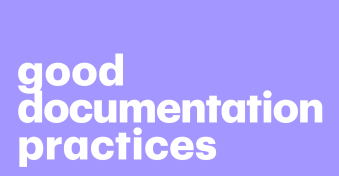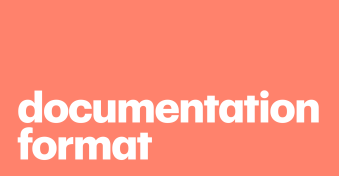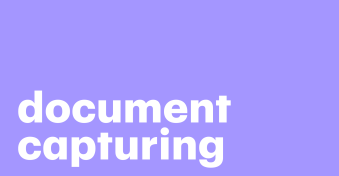Whether you’ve just launched a product or you offer SaaS (software as a service), you need to ensure that people using your service actually understand what they’re getting and can access information about it at all times.
That’s why software documentation is so vital.
It assists users in understanding how to use your software and can provide developers and other employees with information about the technical aspects.
In this guide, we will cover the different types of documentation software, the benefits of documentation software, and the best documentation software tools.
Key takeaways
- Software documentation is any content that explains the software to the people who develop and use it.
- Types of software documentation include technical specifications, user manuals, API references, code comments, and maintenance guides.
- The benefits of software documentation include efficient development, streamlined collaboration, reduced costs, improved user experience, and faster onboarding.
- By following best practices, businesses can create effective and accessible documentation that enhances their software’s usability and reliability.
What is software documentation?
Software documentation is when documents, files, and resources are created and then collected during the software development lifecycle.
It’s important because it can help users understand how to actually use your software!
The documentation provides all the information about the software within a project.
These documents serve as a reference and act as a communication tool for developers, testers, project managers, and end-user customers.
Software documentation can include things like text-based guides, coding comments, and interactive online resources such as a help desk.
These resources are then used to develop and maintain the software.
What are the different types of software documentation?
Here are some of the different types of software documentation.
Technical documentation
- Technical specifications: Detailed descriptions of the software’s architecture, components, and functionality. Technical documentation includes detailed specifications, design documents, system architecture diagrams, and system requirements. It’s mostly used by developers and engineers to understand how the software is built and how its various components work.
- Design documents: Blueprints that outline how the software will be structured, including data models, algorithms, and system architecture. User documentation is aimed at end-users and provides instructions on how to install, configure, and use the software. It may include user manuals, tutorials, FAQs, and help guides which will feature on your website.
- System architecture diagrams: Visual representations of the software’s high-level architecture, showing the relationships between components.
- System requirements: Lists of hardware, software, and environmental prerequisites for running the software.
User documentation
- User manuals: Comprehensive guides that explain how to install, configure, and use the software.
- Tutorials: Step-by-step guides and examples to help users become proficient in using your software.
- FAQs (frequently asked questions): Answers to common user queries and issues.
- Help guides: Help within the software interface to assist users in real time.
API documentation
- API reference documentation: Detailed descriptions of the functions, classes, methods, parameters, and endpoints provided by an API. For software libraries and APIs, API documentation is crucial. It describes the functions, classes, methods, and parameters that developers can use when integrating the software into their projects.
- Code examples: Practical code examples demonstrating how to use the API or library.
Code comments
Comments embedded within the source code to explain the purpose of specific code segments, algorithms, or functions.
These comments are primarily for developers working on the codebase.
Testing and quality assurance documentation
- Test plans: Outlining the strategies and objectives for software testing.
- Test cases: Detailed descriptions of individual tests, including inputs, expected outputs, and procedures.
- Test reports: Summaries of test results, including pass/fail outcomes and defect reports.
Maintenance and support documentation
Information related to ongoing software maintenance, troubleshooting guides, and procedures for customer support.
Plus, it includes documents related to ensuring the software complies with industry standards, regulations, and legal requirements.
The aims of online documentation for software
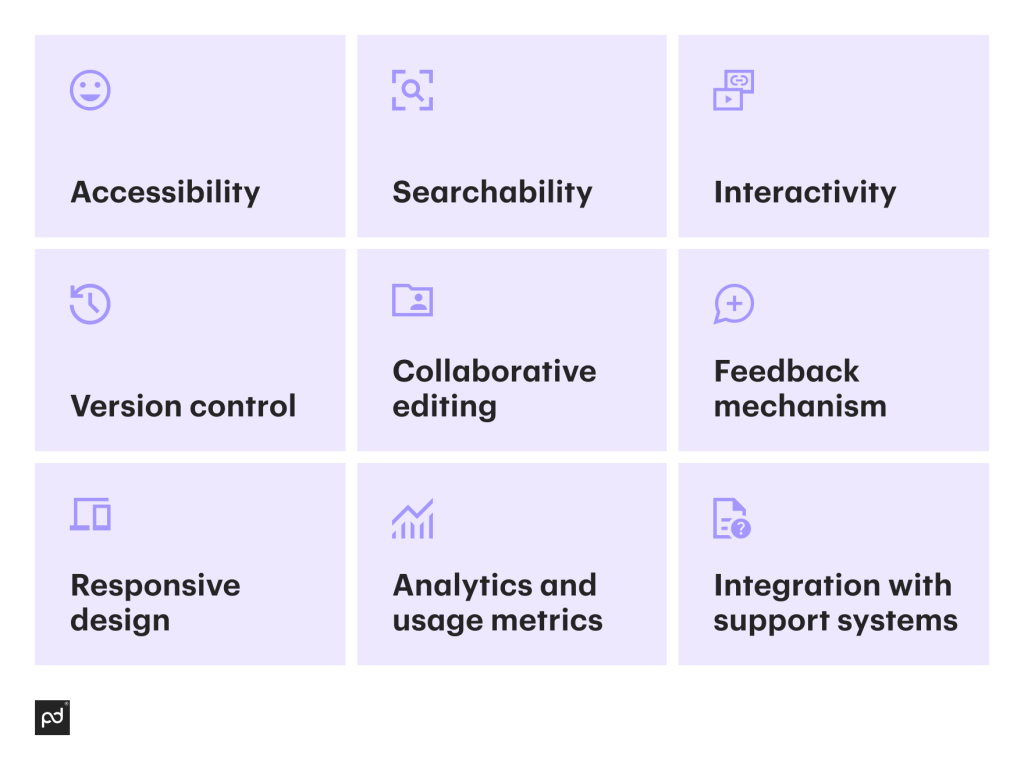
What is the role of online documentation?
Here are some of the aims of documentation for software in a business.
Accessibility
Software documentation aims to bring accessibility. Not everyone is super proficient in software and technology.
So, it ensures that information about the software is easily accessible to users and developers.
Searchability
Online documentation for software is usually equipped with search functionality, allowing users to quickly find specific information.
If it’s aimed at end-users, for instance, they can just head to the FAQs on your website to help them with any questions they may have and save them picking up the phone to talk to you.
Interactivity
Software documentation can incorporate interactive elements such as hyperlinks, navigation menus, and multimedia.
This makes it easier and, frankly, more interesting for users to navigate through the documentation and better understand the content.
Version control
Documentation online can be closely linked to version control systems.
This ensures that the documentation is always synchronized with the current version of the software.
Users can easily access documentation relevant to the version they are using, reducing confusion and potential errors.
Collaborative editing
Platforms often support collaborative editing, allowing multiple contributors to update and maintain the documentation simultaneously.
This collaborative approach encourages teamwork to make documentation online and ensures that documentation remains well up-to-date.
Feedback mechanism
Many documentation systems offer built-in mechanisms for users to provide feedback, report issues, and request additional information.
This feedback allows software developers to target user needs and concerns quickly.
Responsive design
Online software documentation should be responsive, adapting to various screen sizes and devices (e.g., desktops, tablets, and smartphones).
This ensures a consistent user experience across all different platforms.
Analytics and usage metrics
Provide analytics tools that allow developers to track user engagement and behavior.
These insights can inform improvements to the documentation and help identify areas where users may be struggling.
Integration with support systems
For software products with customer support components, documentation online can be seamlessly integrated with support ticketing systems and live chat options.
This integration streamlines the support process by directing users to relevant documentation before seeking assistance.
Software documentation best practices
Creating effective software documentation is crucial for ensuring that software is well-understood by both developers and the public.
Here are some best practices for software documentation:
- Start early: Begin documenting your software from the early stages of development.
- Know your audience: Understand who will be using the documentation. Tailor the content, language, and level of technical detail to the needs and expertise of your audience, whether they are developers, testers, or end-users.
- Use plain language: Write in plain language, avoiding unnecessary technical jargon. Make sure your documentation is easy to understand, even for non-technical users.
- Organize information: Structure and organize your documentation with document generation software that ensures consistency. You can design documents and include key elements such as headings, subheadings, and a table of contents. Use a logical order that mirrors how users would typically interact with the software.
- Provide context: Explain the purpose and significance of the software. Describe the problem it solves and its benefits to users.
- Keep it updated: Regularly update documentation to reflect changes in the software. Outdated documentation can lead to confusion and errors, so maintain version control for your documentation. Ensure that there are clear links between documentation and specific software versions or releases.
- Testing documentation: Just as you test your software, test your documentation for accuracy and completeness. Ensure that the instructions provided actually work.
- Security considerations: If your software handles sensitive data or has security implications, include documentation on security best practices and guidelines.
- Regularly review information: Periodically review your documentation. Make updates as necessary, especially when new software features are introduced.
What are the benefits of software documentation?
Here are some of the key advantages of having comprehensive software documentation:
1. Enhanced understanding
Documentation provides clear and detailed information about the software’s architecture, functionality, and design.
This helps developers and team members understand how the software works, even if they were not involved in its initial development.
2. Efficient development
Developers can work more efficiently when they have access to well-documented code, APIs, and technical specifications.
This reduces the time required for coding and debugging.
3. Easier maintenance
The best documentation software makes it easier to identify and fix bugs, update features, and make improvements.
It serves as a reference for understanding the software’s existing structure.
4. Streamlined collaboration
Documentation encourages collaboration among team members by providing a common source of information.
It ensures that everyone is on the same page regarding the software’s requirements and design, which can be key if you’re working on a larger collaborative project.
5. Reduced cost
Clear user documentation can significantly reduce the need for customer support and troubleshooting.
Users can find answers to their questions and solutions to common issues on their own without needing to get in touch with a human.
6. Improved user experience
Aspects of software documentation, such as user documentation, manuals, tutorials, and FAQs, help users understand how to use the software.
Not everyone is as tech-savvy as they’d like. This leads to a more positive user experience.
7. Faster onboarding
New team members can quickly get up to speed with the software by referring to existing documentation.
This can make the onboarding and training process easier for employees, as they have a knowledgeable reference to look back on throughout their time at the company.
8. Efficient troubleshooting
Troubleshooting guides and error documentation can help diagnose and resolve issues quickly, minimizing downtime and disruptions.
5 of the best software documentation tools
Now, let’s take a look at 5 of the best software documentation tools for businesses.
Document360
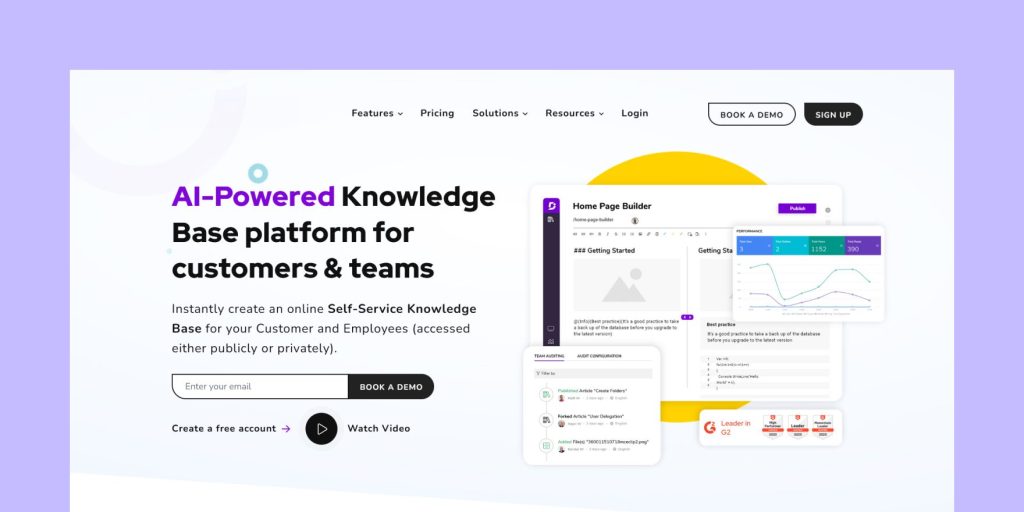
Document360 bills itself as “A well-structured product to create a world-class knowledge base for your customers and employees.”
It offers a range of features, including:
- Custom dashboard
- File manager
- Article redirect
- Team management
- Team auditing
- In-app assistance
Who’s it for? This knowledge base portal has been designed for content producers, customers, and employees.
It also has a knowledge base assistant for SaaS products and websites as an embeddable widget.
Nuclino
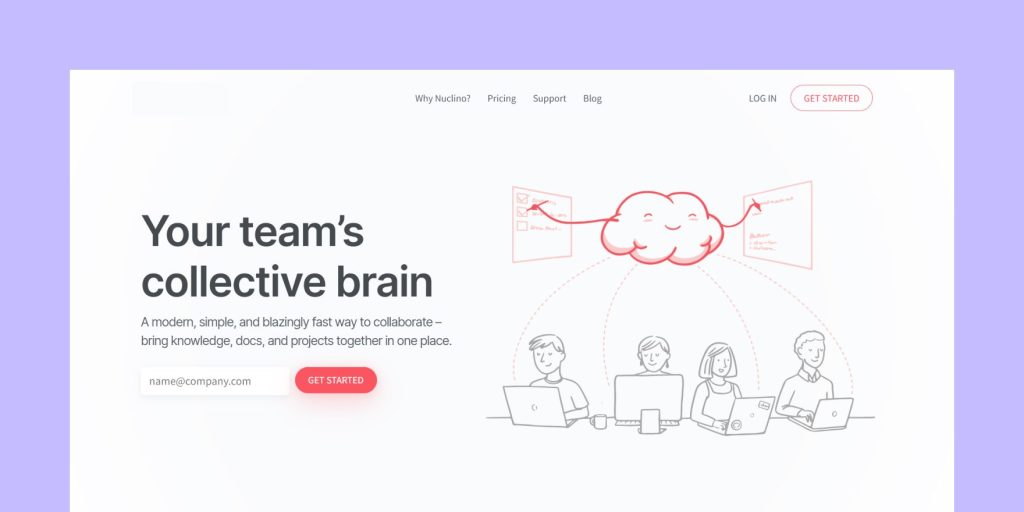
Nuclino is described as a modern way to collaborate as a team.
Like most software documentation tools, it’s able to bring knowledge base, documents, and projects together in one place.
Features include:
- Integrated apps
- Quick search
- Team insights
- Audit log
- API capabilities
- Access controls
Who’s it for? This platform has a focus on collaboration and can help you follow document management best practices, so it’s great for creative teams and law firms who frequently share documents and work together on daily projects.
GitBook
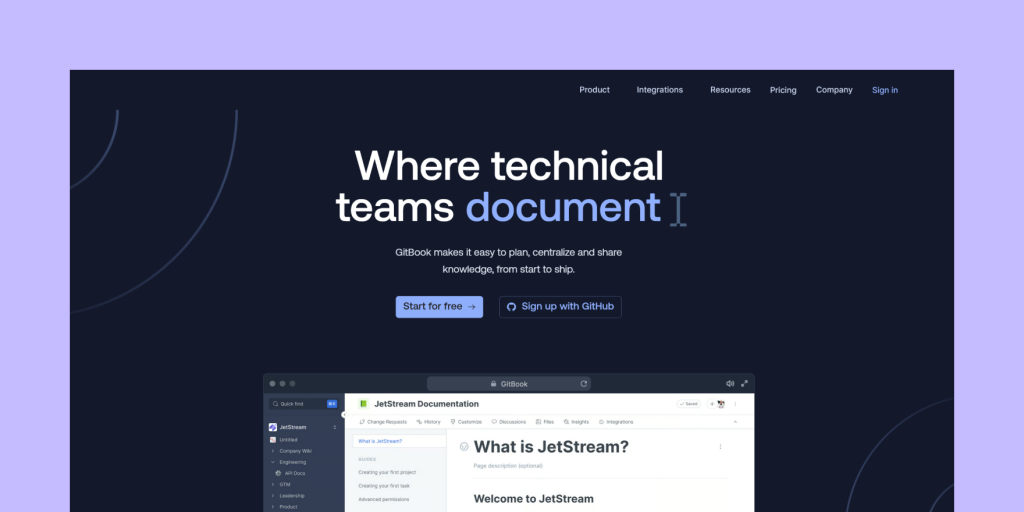
Gitbook is a tool that aims to make it easier to plan, centralize, and share knowledge.
You can collaborate on documents with multiple users, making it easy to keep everything up-to-date and in one place.
You can add API references, code guidelines, and product overviews.
Plus, it has:
- Ready-to-use document templates
- Activity feed
- Guest writer access
- User management
- Access controls
- Insights and analytics.
Who’s it for? GitBook is a simple and clear platform that anyone can use, which is what makes it appealing to businesses across the globe. It encourages everyone to contribute constructively, regardless of team or their technical capabilities.
Scribe
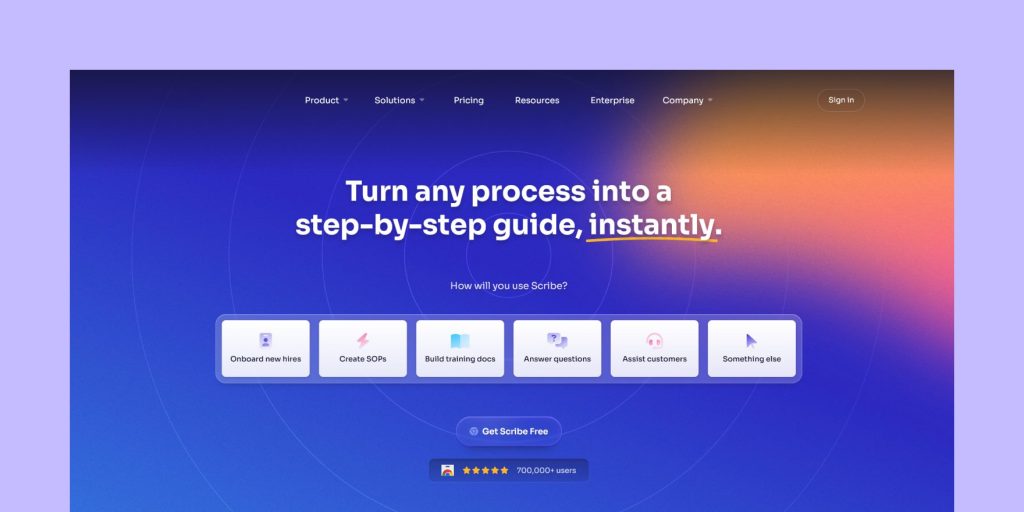
Scribe wants to help businesses create their own step-by-step guides with its easy platform.
When you want to create a guide, you can screen-record your processes, and Scribe will then turn this into usable written information describing the process step-by-step.
It also features:
- AI-generated process documents
- Custom branding
- Shareable links and PDF export
- Sensitive data redaction
- Integrations
Who’s it for? This software documentation tool is mainly beneficial to businesses that have a recordable step-by-step process that they want to document to help customers, thanks to its web and desktop process capture tool.
ProProfs
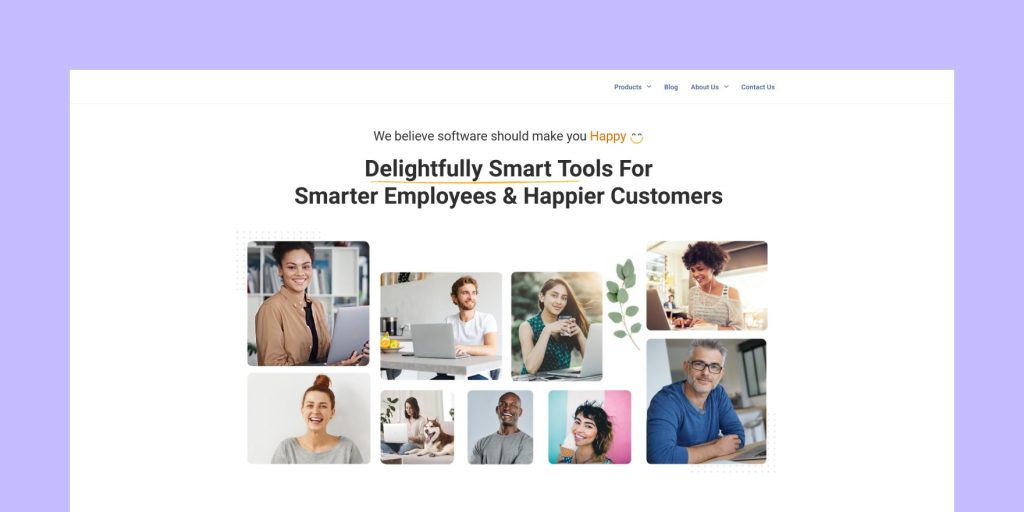
ProProfs helps you to create documentation that can be used by employees and customers alike.
It offers a free online documentation demo of its knowledge base software, which allows you to create fully customizable FAQs and knowledge bases for your website to allow customers to better understand your product.
It also offers:
- Training maker
- Projecting tracking
- Quiz generator
- Help desk
- Live chat
- Analytics and insights
Who’s it for? – ProProfs can help businesses who want more product information available on their website, particularly as it has live chat and help desk tools. It’s also great for employee training as it features a quiz-making tool and training-maker software.
Ensure consistency and create online documentation for your software
Creating documentation online for your software can seem a bit daunting, especially if you don’t consider yourself a technical whizz.
That’s why documentation software and good documentation practices can be really helpful in achieving the guides that you wish to create.
Ensure that you’re consistent with your approach and always keep the information up-to-date.
Try to prioritize the documentation process as you continue to develop, as this will ensure that you’re creating useful software documentation as you go.
Using document management software can help you organize your documentation and ensure consistency across the board, so utilize the best tools for your business to make the process much easier.
Disclaimer
PandaDoc is not a law firm, or a substitute for an attorney or law firm. This page is not intended to and does not provide legal advice. Should you have legal questions on the validity of e-signatures or digital signatures and the enforceability thereof, please consult with an attorney or law firm. Use of PandaDoc services are governed by our Terms of Use and Privacy Policy.
